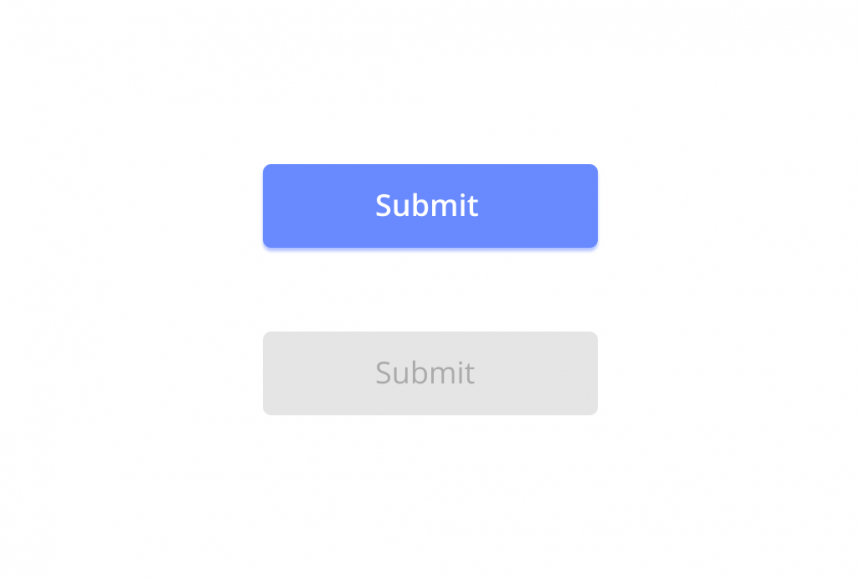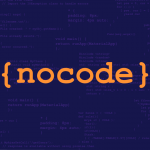In the world of technology, the way we interact with devices is changing faster than ever. Gone are the days when we relied solely on physical buttons, switches, and knobs to control our gadgets. Today, innovative methods like voice commands, gestures, eye-tracking, and ambient computing are redefining how we engage with everything from smartphones to smart homes and healthcare devices. This shift is all about making our interactions more natural, accessible, and seamless. Let’s dive into these exciting new approaches and explore how they’re shaping the future of user interfaces.
Exploring the Future of User Interfaces: How Touchless and Voice-Activated Technologies Are Redefining Interaction Without Traditional Buttons
Imagine walking into your living room and simply saying, “Turn on the lights,” or waving your hand to change the TV channel — no remotes, no physical buttons required. That’s the promise of touchless and voice-activated technology. These interfaces are designed to make interactions more intuitive and less fragmented by removing the need to find and press buttons.
Voice-activated assistants like Amazon Alexa, Google Assistant, and Apple’s Siri have already become household staples. They allow us to control smart devices, set reminders, or ask questions, all through natural language. The key advantage? Hands-free convenience, which is especially helpful when your hands are busy, or for individuals with mobility challenges.
Gesture control takes this a step further by allowing users to manipulate devices with simple hand or body movements. Think about waving your hand to skip a song or moving your fingers to zoom in on maps — all done without touching any surface. These systems rely on sensors, cameras, and machine learning algorithms to recognize and interpret gestures accurately.
Eye-tracking technology is another fascinating development. By tracking where your eyes are looking, devices can interact with you without any physical input. For example, certain assistive devices enable users to control a cursor or selection just by blinking or gazing at specific points. This type of interface is especially promising for individuals with severe mobility impairments.
The big picture? These touchless and voice-activated interfaces result in more fluid experiences, making technology more accessible for everyone, regardless of physical ability. They also help keep surfaces cleaner and improve hygiene — a significant benefit highlighted in recent health-conscious times.
From Physical Buttons to Natural Interactions: The Rise of Gesture Control, AI-Driven Interfaces, and Ambient Computing Changing How We Engage with Technology Daily
Advances in artificial intelligence, sensors, and machine learning are paving the way for interfaces that are so intuitive, they almost feel like magic. Instead of designing devices with dozens of buttons that you need to learn how to operate, manufacturers are shifting toward systems that adapt to how humans naturally communicate and interact.
Gesture control continues to evolve, with more precise and nuanced recognition capabilities. For example, gaming consoles like the Xbox Kinect and PlayStation Move let users navigate menus or play games using their entire body. Now, similar ideas are finding their way into smart homes and wearable devices, making everyday interactions more engaging and less mechanical.
AI-driven interfaces are the backbone of many of these innovations. By analyzing patterns, preferences, and contexts, AI can anticipate what you want to do next, presenting options or automating tasks without explicit commands. For example, a smart thermostat might learn your routines and adjust the temperature automatically or suggest energy-saving modes based on your behavior.
Ambient computing, also called pervasive computing, takes the concept further by embedding technology into our environment. Think of a room that adjusts lighting, temperature, and even music based on who’s in it and what they’re doing — all without any buttons or screens. These environments seamlessly respond to us through sensors, AI, and context-awareness.
Overall, these developments are transforming our daily interactions into more natural, less intrusive experiences. They’re also opening the door to new possibilities in accessibility, allowing more people to interact with technology comfortably and efficiently.
Why These Changes Matter for Users and Developers
The shift away from physical buttons isn’t just about cool tech; it addresses real needs. For users, these interfaces can be more intuitive, accessible, and hygienic. For developers, it’s an opportunity to create products that are smarter, more flexible, and better integrated into our lives.
However, challenges remain. Ensuring these systems are reliable, secure, and respectful of privacy is critical. Talk of always-listening microphones or extensive sensors might raise concerns about data security. Plus, designing interfaces that are universally usable, regardless of language, culture, or physical abilities, requires thoughtful planning.
Despite these hurdles, the momentum toward buttonless interfaces is undeniable. As technology continues to advance, we’re likely to see an increasing number of devices that respond not with clicks or taps, but with our voices, gestures, looks, and environmental cues. The future is about effortless, natural interactions — a world where turning on your device or controlling your environment requires nothing more than a thought, a glance, or a wave.
Final Thoughts
Interfaces without buttons represent a natural evolution towards more human-centric technology. By combining voice activation, gesture recognition, eye-tracking, and ambient computing, we’re creating ecosystems that are smarter, more accessible, and more attuned to our needs. It’s an exciting time for both users and creators, as we move toward a future where interacting with technology is less about pressing buttons and more about engaging in seamless, intuitive conversations with the digital world around us.
So next time you control your smart device or adjust your environment without touching a single button, you’ll know you’re witnessing the cutting edge of a user interface revolution — one that’s making technology more natural than ever before.










